-
×
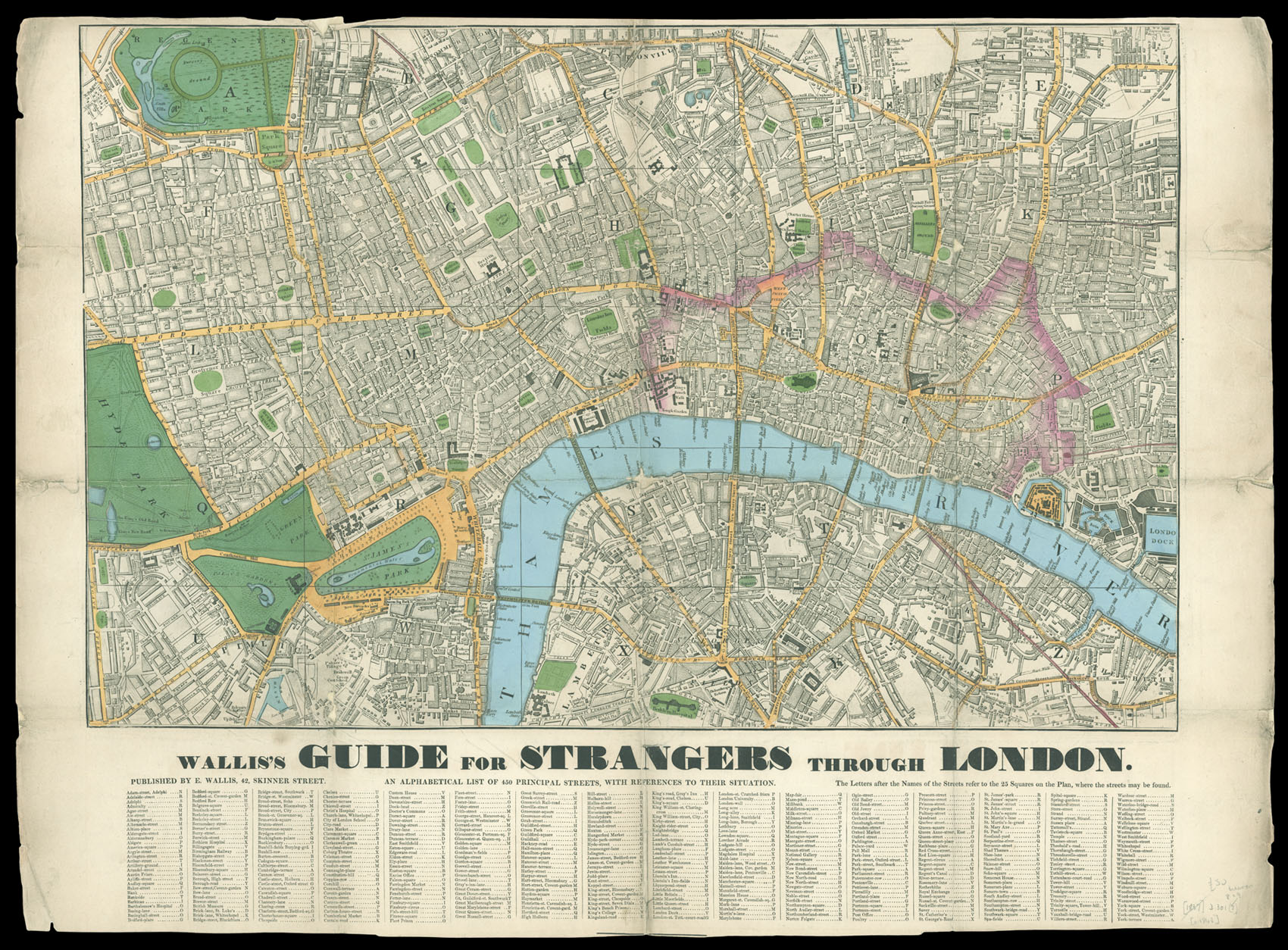 The first steam railway to have a terminus in the capital
1 × £1,600
The first steam railway to have a terminus in the capital
1 × £1,600 -
×
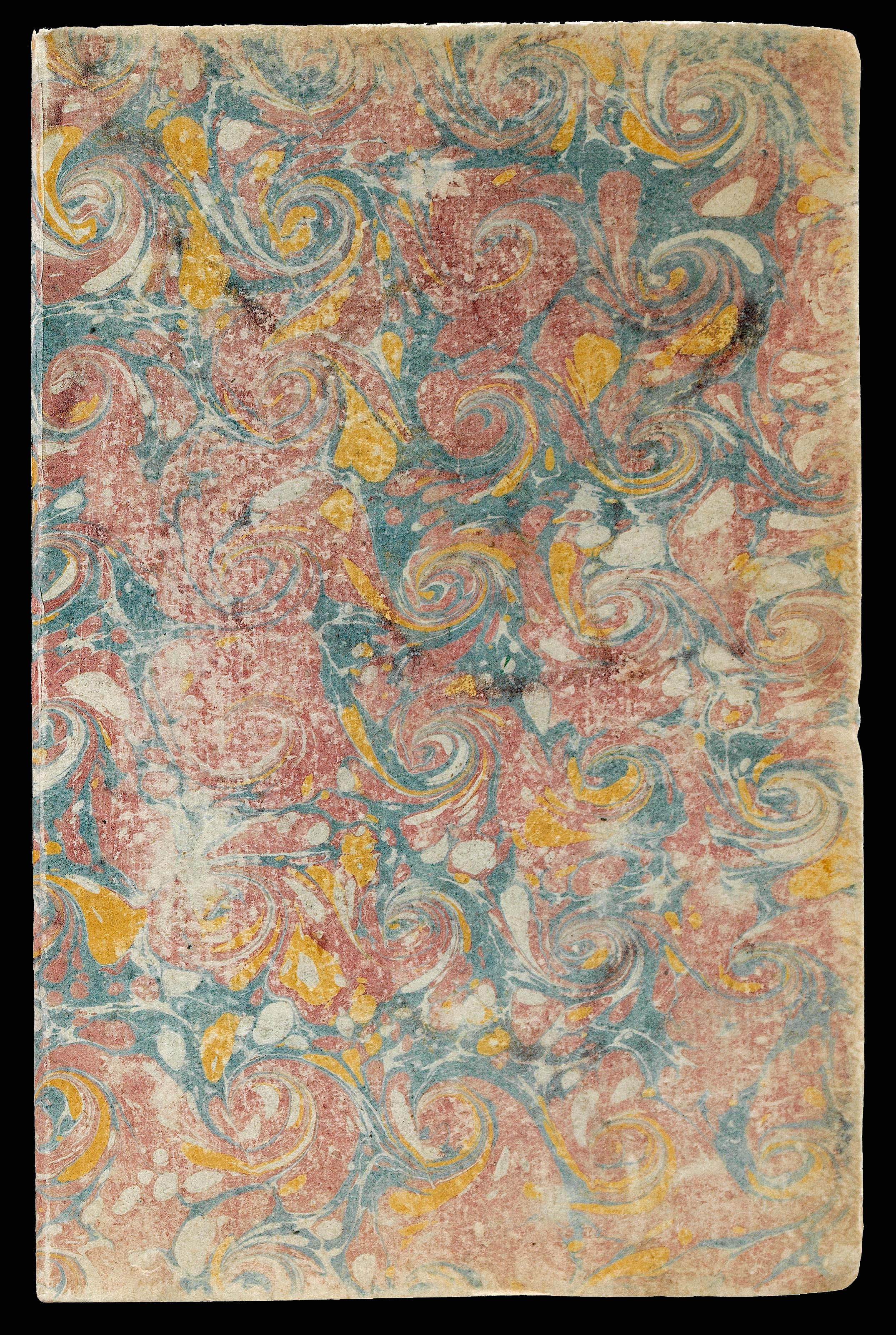 John Rocque's rare index to his large wall map of Dublin, including a price list of all Rocque's published works
1 × £1,200
John Rocque's rare index to his large wall map of Dublin, including a price list of all Rocque's published works
1 × £1,200 -
×
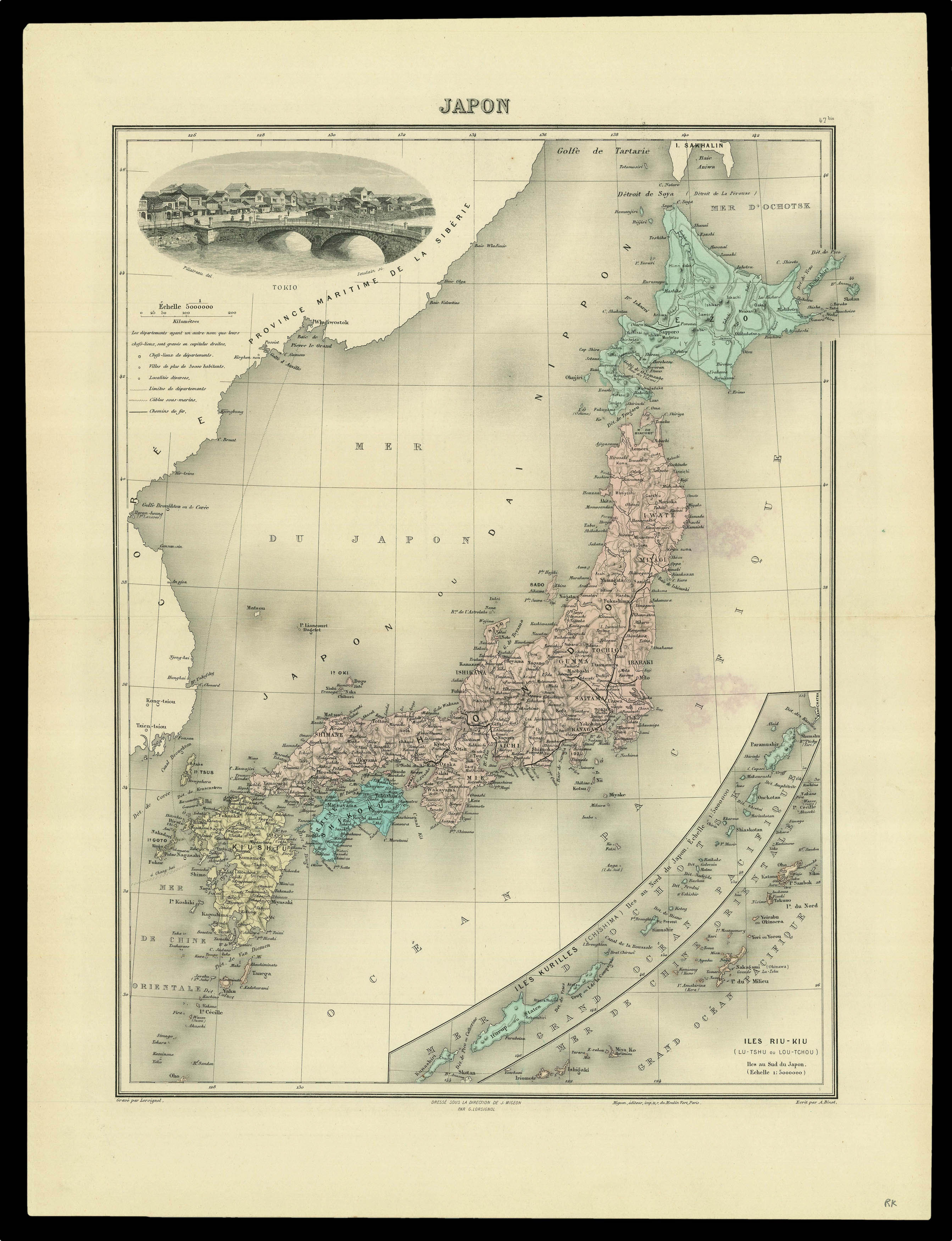 A map of Japan from Jean Migeon's 'Nouvel Atlas Illustre Geographie Universelle'
1 × £60
A map of Japan from Jean Migeon's 'Nouvel Atlas Illustre Geographie Universelle'
1 × £60 -
×
 Gauld's chart of the Coast of West Florida
1 × £36,000
Gauld's chart of the Coast of West Florida
1 × £36,000 -
×
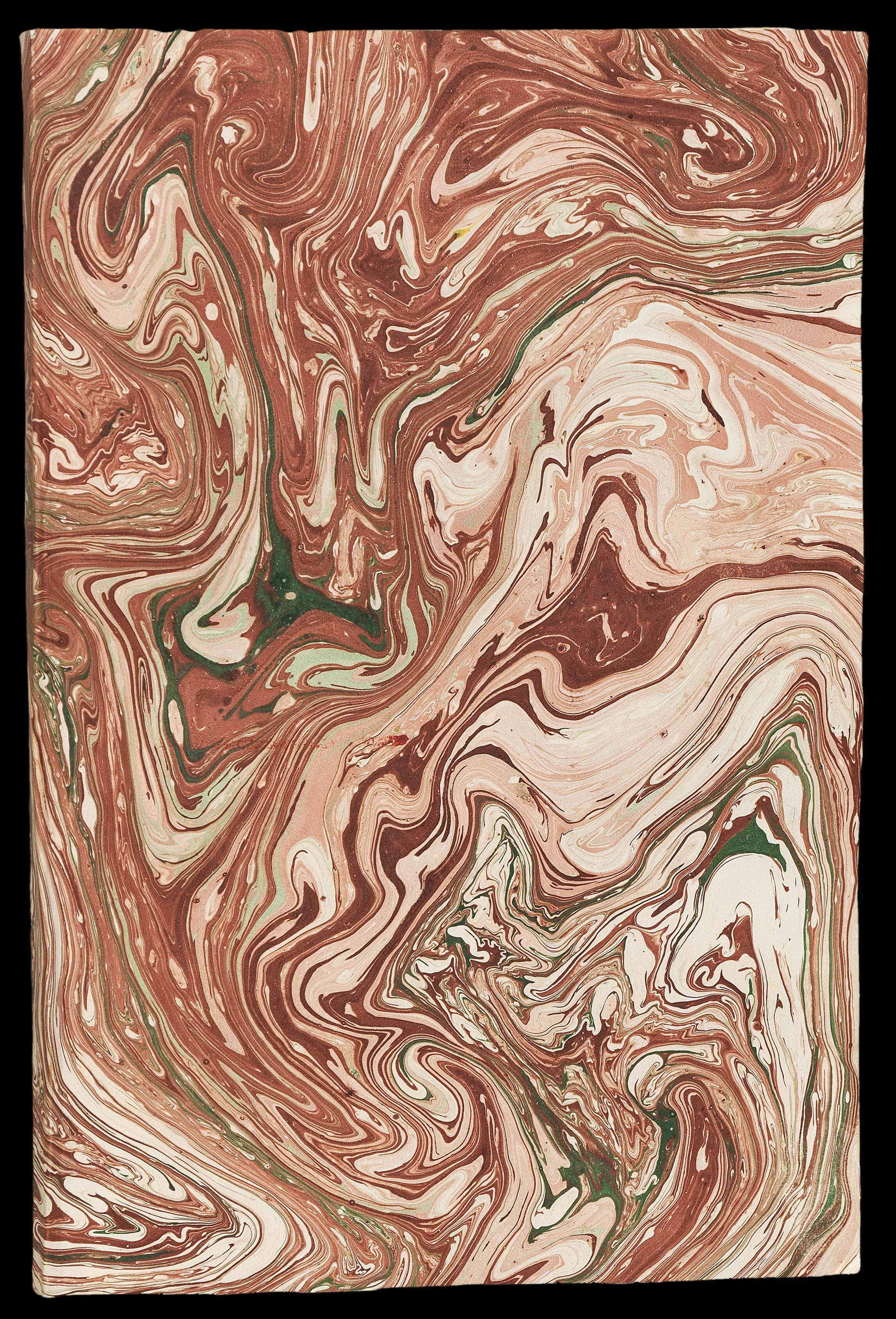 Catalogue of maps and atlases published by the Spanish Admiralty
1 × £12,000
Catalogue of maps and atlases published by the Spanish Admiralty
1 × £12,000 -
×
![LUFFMAN, John A Map of the Western Pyrenees Mount[ai]ns](https://omega.crouchrarebooks.com/wp-content/uploads/2025/03/11348_1H.jpg) The final phase of the Peninsular War
1 × £1,200
The final phase of the Peninsular War
1 × £1,200 -
×
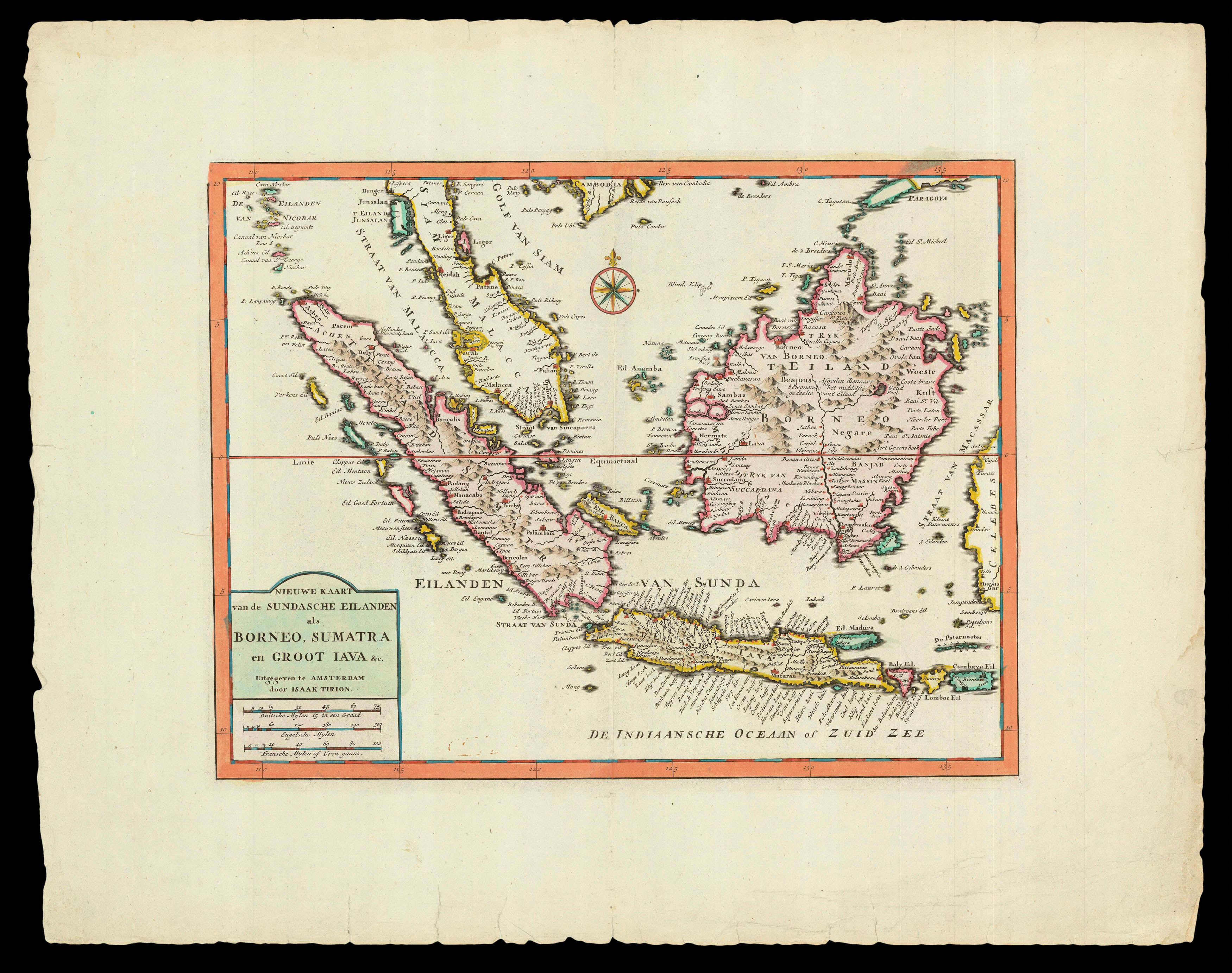 Trion's map of southwest Southeast Asia
1 × £470
Trion's map of southwest Southeast Asia
1 × £470 -
×
![PTOLEMAEUS, Claudius [Modern Holy Land].](https://omega.crouchrarebooks.com/wp-content/uploads/2025/03/18404_1H.jpg) The modern Holy Land
1 × £37,500
The modern Holy Land
1 × £37,500 -
×
![[Anonymous] Londres.](https://omega.crouchrarebooks.com/wp-content/uploads/2025/03/12363_1H.jpg) A French variant of De Jonghe's view of London
1 × £2,400
A French variant of De Jonghe's view of London
1 × £2,400 -
×
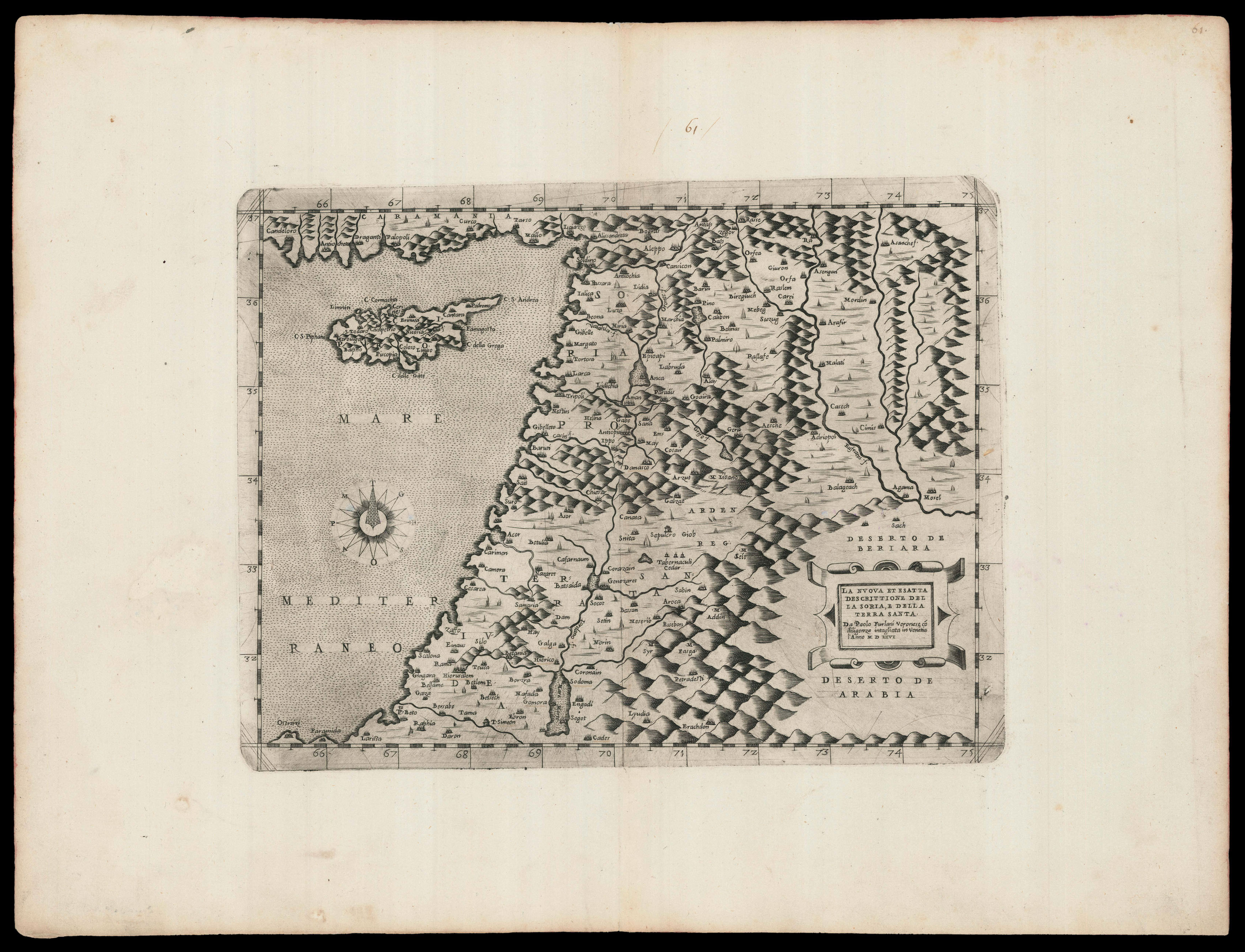 Forlani's map of the Holy Land
1 × £13,000
Forlani's map of the Holy Land
1 × £13,000 -
×
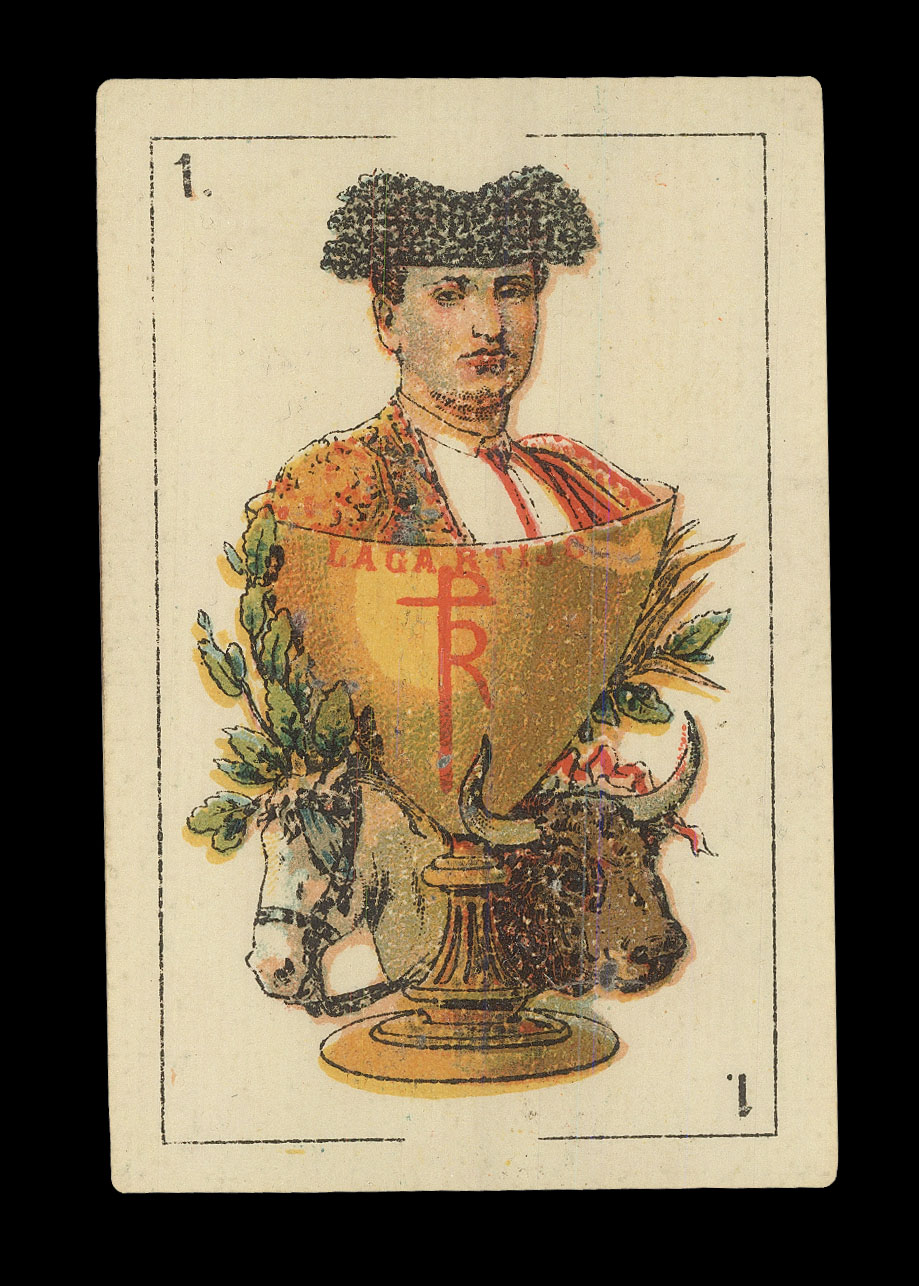 Toréador, en garde
1 × £800
Toréador, en garde
1 × £800 -
×
 Plan of London showing troop dispositions
1 × £1,500
Plan of London showing troop dispositions
1 × £1,500
Subtotal: £107,730






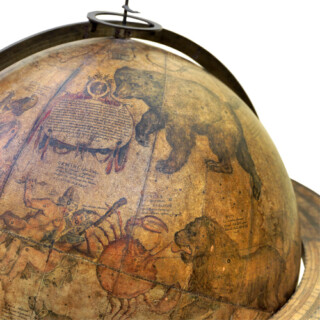
![[WIEGEL, Christoph] Cartes antérieures a 1710](https://omega.crouchrarebooks.com/wp-content/uploads/2025/03/20695_1H.jpg)
![[WIEGEL, Christoph] Cartes antérieures a 1710](https://omega.crouchrarebooks.com/wp-content/uploads/2025/03/20695_2H.jpg)
![[WIEGEL, Christoph] Cartes antérieures a 1710](https://omega.crouchrarebooks.com/wp-content/uploads/2025/03/20695_3H.jpg)
![[WIEGEL, Christoph] Cartes antérieures a 1710](https://omega.crouchrarebooks.com/wp-content/uploads/2025/03/20695_4H.jpg)
![[WIEGEL, Christoph] Cartes antérieures a 1710](https://omega.crouchrarebooks.com/wp-content/uploads/2025/03/20695_5H.jpg)
![[WIEGEL, Christoph] Cartes antérieures a 1710](https://omega.crouchrarebooks.com/wp-content/uploads/2025/03/20695_6H.jpg)
